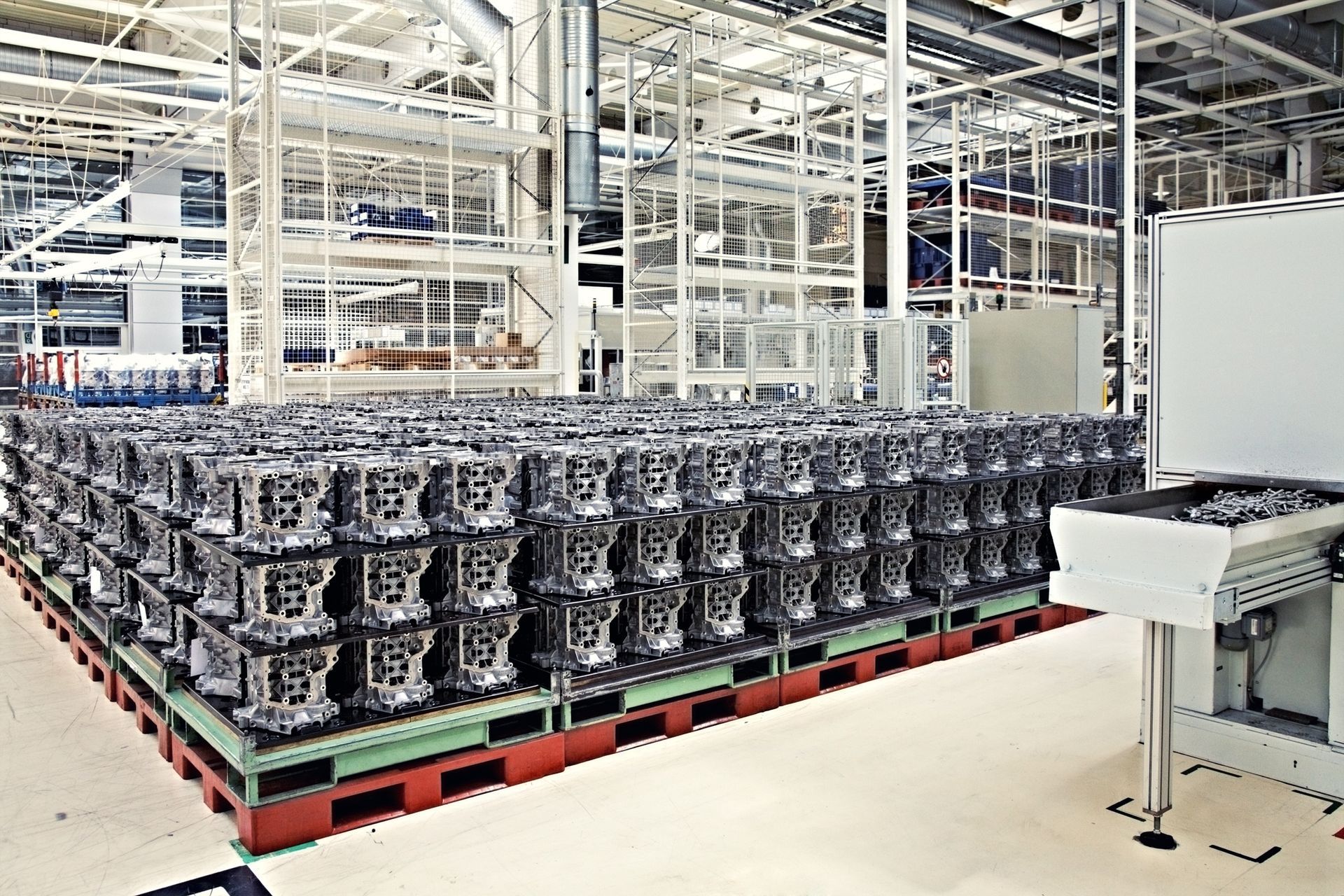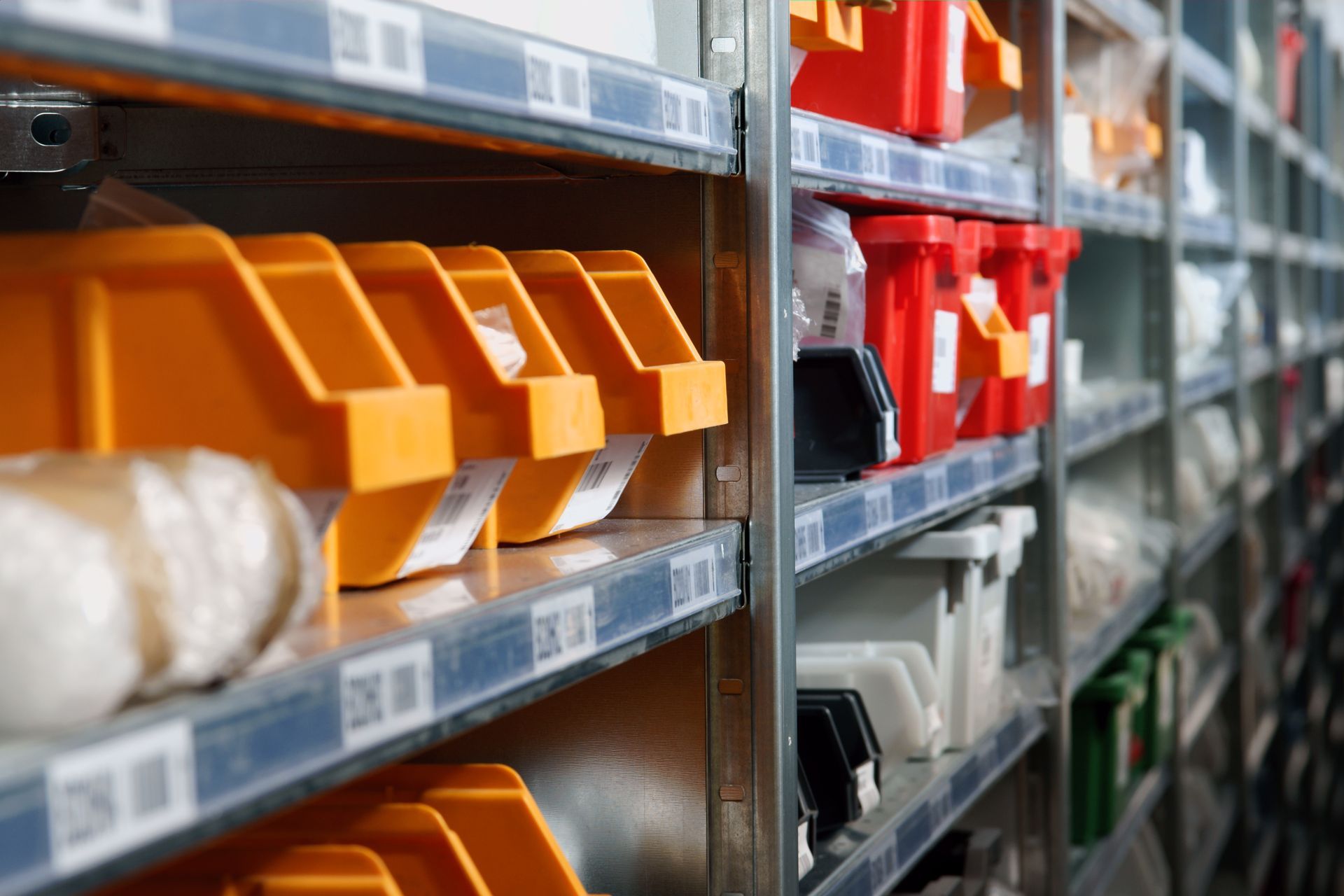Automotive Asset Tracking Explained
Over the past decade, the automotive industry has been looking for improved end-to-end transparency across the supply chain.
Take BMW AG for instance.
In 2025, their Chairman of the Board of Management, Oliver Zipse, said in a statement:
“We have learned in recent years how vulnerable and susceptible to disruption they can be. Take a guess: How many parts do you think our plants worldwide need to be supplied with every day? The answer is: 36 million. The right quantities have to be in the right place, at the right time, in the best quality.”
These 36 million parts are placed in boxes which travel around the world, often getting lost, misused or insufficiently managed along the way. Plus, for this number of parts, there is a need for thousands or, sometimes, millions of containers.
As the demand to take parts monitoring even more seriously increases, a comprehensive solution is required by businesses across all sectors.
The market has become increasingly aware of the importance of identifying blind spots and understanding inefficiencies, with businesses using this knowledge to optimize their supply chains and improve their results.
Whether it’s for suppliers monitoring their products or manufacturers tracking inbound equipment, comprehensive, near real-time visibility across their operations is invaluable in getting to the bottom of these issues and finding a solution.
Industry data found that 45% of automotive manufacturers expressed concerns about the lack of transparency in inbound supply chains.
Active GPS tracking of the reusable packaging used within the industry allows automotive businesses to receive quick and precise data on the location, condition and status of automotive equipment and parts, allowing for loss reduction, improved inventory management and complete regulatory compliance.
Keep reading for a detailed look at the benefits of asset tracking for automotive assets.
What is reusable container tracking in the automotive industry?
As we have established, the automotive industry uses thousands of containers to support the seamlessness of their supply chain. They are used for transporting parts to production facilities, to move various assets between sites and to manage parts supply to partners.
These containers, boxes and crates are an essential part of the automotive industry operations and businesses are heavily reliant on them being available, delivered on time and in the right quantity. However, the majority of these containers and boxes are not tracked, leaving a large blind spot in what should be a smooth process.
Implementing a tracking system for parts means you can monitor the location, status and condition of automotive parts or equipment at every stage of the supply chain.
Deploying a reliable asset tracking solution enables automotive businesses to better manage processes such as acquisition, operation, renewal, maintenance and disposal of assets.

Why is it important to track reusable packaging in the automotive industry?
Due to the complexity of the automotive supply chain, asset tracking is an efficient way of ensuring visibility across every stage.
Take this example…
Ford’s supply chain spans over 60 countries. A Ford Fiesta, which was assembled in Germany before its discontinuation in 2023, required engines from the UK, transmissions from Mexico and steering wheels from Türkiye.
As Brexit loomed, Ford stockpiled parts for these vehicles to avoid supply chain disruptions.
Similarly, the Toyota Corolla, assembled in the U.S., Canada and Japan, sources engines from Alabama, gearboxes from India and infotainment technology from China.
Due to this complexity, the likelihood of damage and loss is incredibly high. Therefore, it is paramount that supply chain managers track the location and status of each of these assets, ensuring they are in the right place, at the right time and in the right condition.

What automotive parts and equipment can be tracked with the Sensize system?
- High-value vehicle shipment
- Shipping containers
- Reusable plastic boxes
- Plastic pallets and roll cages
- Batteries

The key benefits of reusable packaging tracking
Across a variety of industries, packaging tracking provides several key benefits that can help businesses optimize their supply chains, cut costs and improve productivity.
But which benefits are specifically relevant to the automotive industry?
Enhanced supply chain visibility
By using the combined GPS and Bluetooth system from Sensize, automotive companies can track even the cheapest assets they have such as plastic crates and boxes, and thus have visibility on inventory, routes, locations and leakages of their assets.
This transparency facilitates efficient data collection, informed decision-making and improved internal collaboration.
Plus, it allows the early identification of supply chain issues and disruptions, reducing the chance of bottlenecks.
Prevention of counterfeit parts
Counterfeit parts are a significant risk in automotive manufacturing, potentially compromising the quality and safety of a vehicle.
Automotive asset tracking helps to prevent this by introducing traceability to the supply chain, making it more difficult for counterfeit parts and equipment to enter.
Reduced waste and loss
Loss is incredibly costly to automotive businesses, whether assets go missing or are mishandled.
By introducing asset tracking systems, automotive companies can ensure that parts and equipment are monitored correctly throughout the supply chain.
This monitoring can highlight instances and patterns of misplacement, theft and incorrect storage, resulting in lower costs linked to replacing assets.
Regulatory compliance and safety
As in most industries, automotive manufacturers are required to comply with various product safety, product quality and environmental regulations.
Using the Sensize Tracking System ensures that parts and equipment meet these standards, keeping a record of all relevant data, allowing users to identify safety concerns with specific parts which may affect certain vehicles.
Additionally, in the case of a regulatory audit or inspection, tracking provides a simpler way for manufacturers to prove compliance and reduce the risks of legal consequences.
Better inventory management
Efficient inventory management is crucial for automotive manufacturers for many reasons, such as avoiding excess stock and preventing production delays.
Using trackers allows manufacturers to closely monitor inventory levels in near-real-time, providing an accurate view of which assets are available or in transit at any given time.
These tracking capabilities give companies the chance to forecast demand more accurately and place orders at optimal times, minimizing the chance of shortage or surplus.
Plus, asset tracking allows businesses to streamline their operations and reduce storage costs by eliminating obsolete assets from the supply chain.
Improved warranty and recall management
As the possible next step, asset tracking would allow automotive businesses to track key details of each part or piece of equipment, such as serial numbers and production dates.
This means that data can be used to identify defective parts and, in turn, the affected vehicles, minimizing the impact on customers and ensuring replacements are sourced quickly.
Monitoring shock and humidity
Some of Sensize’s advanced trackers can measure shock and humidity, allowing users to identify where assets may have been damaged along the supply chain.
For many items such as engines, this is incredibly important, as rough handling, poor transportation, or storage could cause damage.
Prevent production stoppages
As explained earlier in this article, automotive manufacturers often stockpile certain parts during times of uncertainty, allowing them to sidestep disruptions and prevent prolonged production stoppages.
Asset tracking allows automotive businesses to manage the transportation of parts from all corners of the globe with increased visibility.
In 2024, Agnieszka Kubiak, senior vice president of logistics at Brose Group, one of the largest family-owned automotive companies in the world, responsible for components in 1 in 3 new cars worldwide, summed up the need for asset tracking perfectly:
“It starts with the need for enhanced monitoring, tracking and compliance with legal regulations related to transparency, right from the initial supplier and raw materials in the chain. Our transport and manufacturing processes have their own challenges. In transportation, we are facing delays and damages in deliveries.”
If you'd like to learn more about the benefits of asset tracking, head on over to our News page where we regularly post new content you can access.
Share this post by clicking below...









